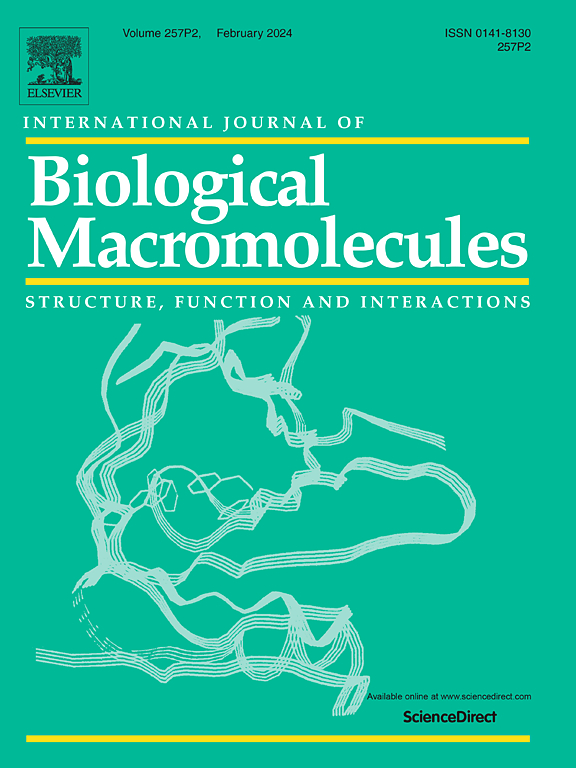A quercetin nanoparticle combined with a 3D-printed decellularized extracellular matrix/gelatin methacryloyl/sodium alginate biomimetic tumor model for the treatment?…
Abstract
The traditional drug efficacy testing often conducted using two-dimensional (2D) cell culture methods, which do not accurately replicate the complexity of the tumor microenvironment. Melanoma in particular, is known for its high incidence, and aggressive nature, highlighting the need for more sophisticated in vitro models that better simulate the tumor's true biological microenvironment drug research and therapy. In this study, we developed quercetin nanoparticles (QueNPs) with enhanced water solubility and promising tumor therapeutic effects. These nanoparticles were formed through the self-assembly of Pluronic F127 (PF127) and quercetin (Que). To better mimic the in vivo tumor environment, we also created a composite scaffold using three-dimensional (3D) printing technology, incorporating a decellularized extracellular matrix (dECM), which closely resembles the native tissue microenvironment. The scaffold also included gelatin methacryloyl (GelMA), which forms a polymeric network via photocrosslinking, and sodium alginate (SA), which enhances structural stability through ion cross-linking with calcium ions. This combination was used to construct a more physiologically relevant 3D melanoma model. The anti-cancer effects of QueNPs were assessed in both 2D and 3D culture systems. The results showed that tumor cells in the 3D model formed cluster and distributed across the scaffold, creating a more realistic tumor microenvironment compared to the 2D system. Cells in the 3D tumor model exhibited significant resistance to QueNPs, with a time dependent response that resulted in a killing rate of over 90?% by day 14. These findings highlight the efficiency of the QueNPs in the 3D melanoma model and emphasize the importance of incorporation 3D printing and nanomedicine for more accurate and effective drug screening.





